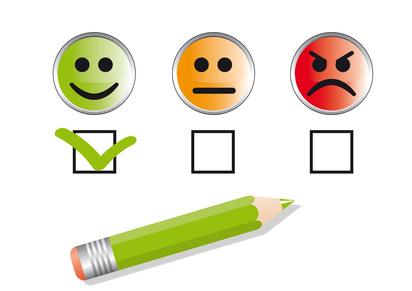It’s no secret that relationships build revenue. We’ve been saying it for years. It makes no difference whether your model is business-to-business or business-to-consumer – at the end of the day, the customers who trust you will continue to do business with you and are more likely to spend more money with you over time than new customers. But building relationships isn’t enough. Businesses need to be focused on growing the right relationships.
When I think about the “right” relationship, I’m reminded of my relationship history with several brands like Nordstrom, Michelin and Starbucks. These three brands have one very important thing in common: I have purchased their goods more than once and consistently over a long period of time. Why? Because of my relationship with these brands, I don’t even consider going to a competitor when I’m in need of a dress, tires or coffee. It doesn’t mean those are inferior brands, they’re just not brands with whom I have a relationship with.
Now, don’t you want your customers to think of your brand like I think of Nordstrom?
Here’s how you can do it.
1. Personalize every interaction. Nordstrom does an amazing job at this both online and in-person. Not only is my online shopping made easier through my own account with the department store and personalized wish list, but after I make a purchase in-store I receive a handwritten thank you note from my salesperson. It’s a nice touch and more businesses should get back in the habit of handwriting notes.
2. Offer outstanding products and/or services. There’s nothing worse than making a purchase and realizing it doesn’t live up to its marketing. Nowadays, customers not only tell their neighbors and friends about a bad experience, but they post it online for everyone to read. The best way to avoid this is by creating really great products and services. Be factual in your marketing and genuine in the sale. The best purchase is one where the products or services exceed initial expectations. This has been my experience with Michelin. Yes, their tires often cost more, but I’ve found them to be worth the expense as they have improved the ride and mileage in my vehicle. (Disclosure: I used to work at Michelin as a lowly intern.)
3. Make doing business easy. I know I’ve written about this before but Starbucks just kicks butt here. Their app not only helps me track the many gift cards I receive this time of year (bless you all, every one) but also makes buying a coffee or treat easy, even fun. Not to mention, they send me special offers and free downloads only available to those who utilize their app. Shouldn’t doing business with you be easy and fun, too?
It’s important to note that any brand, regardless of business model or industry, can build relationships. The tips above should hopefully cause some wheels to start turning but they are not the full solution to building lasting customer relationships that build revenue. What’s key, and often forgotten, is the methodology behind these tactics that allows the business to track these engagements and market appropriately to customers.
Customer Lifecycle Marketing not only tracks and visually depicts where customers are in their relationship with a brand, but it provides the framework required to market and engage with customers in a way they prefer that builds stronger relationships.
Interested in learning more about Customer Lifecycle Marketing and learning more about how relationships build revenue? Check out this brief video – and HAPPY HOLIDAYS!

